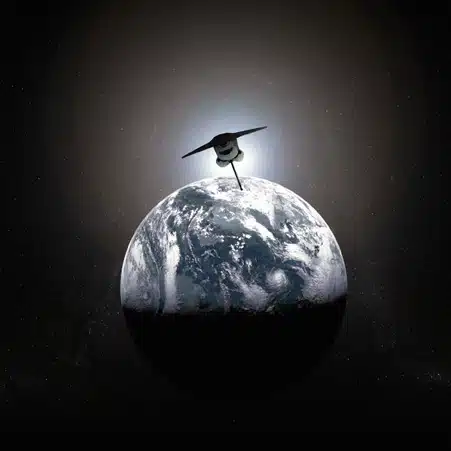Evidence of life on Mars may have drawn one step closer after geological scientists discovered how water and nutrients could be found on the red planet.
Siobhan Wilson, of Monash University, has collaborated with America’s Indiana University to find that water-bearing crystals on the planet’s surface can produce water and help release nutrients, supporting the possibility that minerals could sustain life beyond Earth.
“Some types of salt minerals found in Martian soil can dissolve in the atmosphere if it’s humid enough – this is the same process that makes table salt sticky on summer days,” says Siobhan, a lecturer at Monash University, who conducted this research with David Bish at Indiana University.
This process produces tiny, invisible films of water that set off reactions with other minerals, called smectites, which release essential nutrients trapped within these natural materials. These minerals are found together at locations such as Gale Crater, the site under exploration by NASA’s Curiosity rover.
Siobhan says these reactions are generally invisible to the naked eye but could occur on a daily basis near the Martian surface. They could have provided tiny nutrient-rich oases for microbes – if they ever existed – as the planet dried up.
“Water and minerals are necessary to all life on Earth and could play a role in biology on other planets such as Mars. Knowing where water may be accessible will help guide the ongoing search for life beyond Earth,” she says.






 Fresh Science is on hold for 2022. We will be back in 2023.
Fresh Science is on hold for 2022. We will be back in 2023.